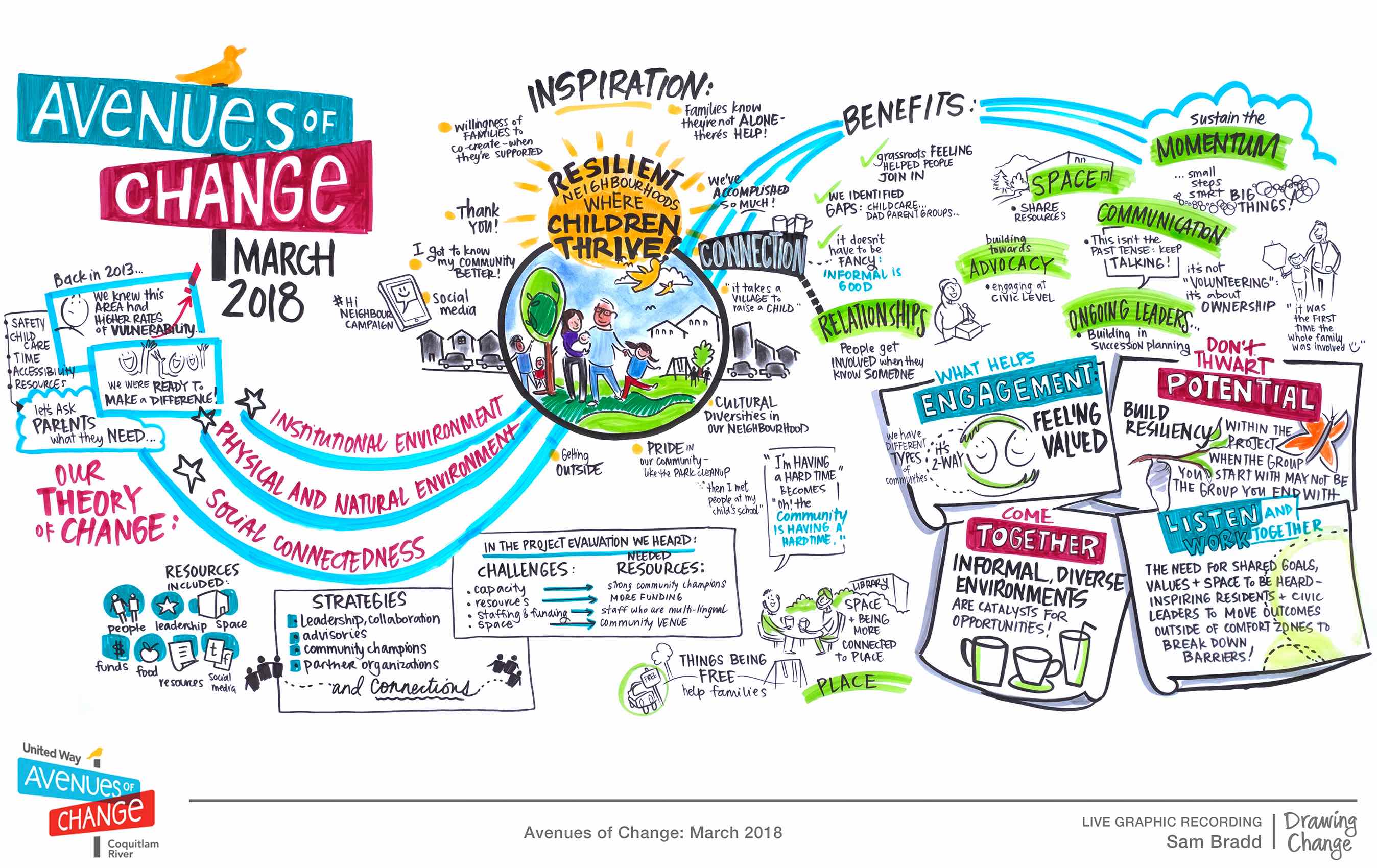Theory of change
An illustrated explanation of how your project is going to deliver impact.
- Moderate
- 3-4 hours
Many integrated research projects hope to influence or bring about some kind of change. It is these changes that lead to what we call impact. For example, a change in the way people control pests, a change in the way farmers manage nutrients, or a change in policy.
However, in a project team, people may have very different ideas about how change actually happens, and often we do not make it clear how we think change will come about. Getting the project group and stakeholders to describe in words and pictures their own theory of change is essential to be able to build a collective project strategy for creating impact, and for communicating the approach to others.
Theory of Change Explained, Wageningen Centre for Development Innovation
How to create a theory of change
It is best used in the planning and early phases of a project and in a half day workshop.
As a group, agree on the final goal or the impact of the project.
On large pieces of paper, get individuals to work back from that goal to the current project and draw all of the things that they think will need happen between now and achieving that goal.
Get individuals to annotate each stage of their illustration with what is needed for the changes to happen, who is involved and what are your assumptions.
A good way to think about this is to say “if we do 'X' in the project, then 'Y group of people' will do 'ABC' because 'EFG'" and ask yourself "what else needs to be in place for 'Y' to change"
Get each individual to describe their illustrations to others and discuss, noting any areas of disagreement and the things that are important but beyond your control.
As a plenary, construct a your visual theory of change (it can have multiple paths) and annotate.
Use this visual and narrative to identify indicators or points where you might be able to validate that things are happening as you expected, or not.
Refine into a compelling visual and narrative description and circulate for comment.
Here are some examples of visual theories of change for programmes or initiatives.


More information
Examples of theories of change, Collated and annotated by Isabel Vogel (consultant) and Zoe Stephenson, DFID EVD, July 2012

